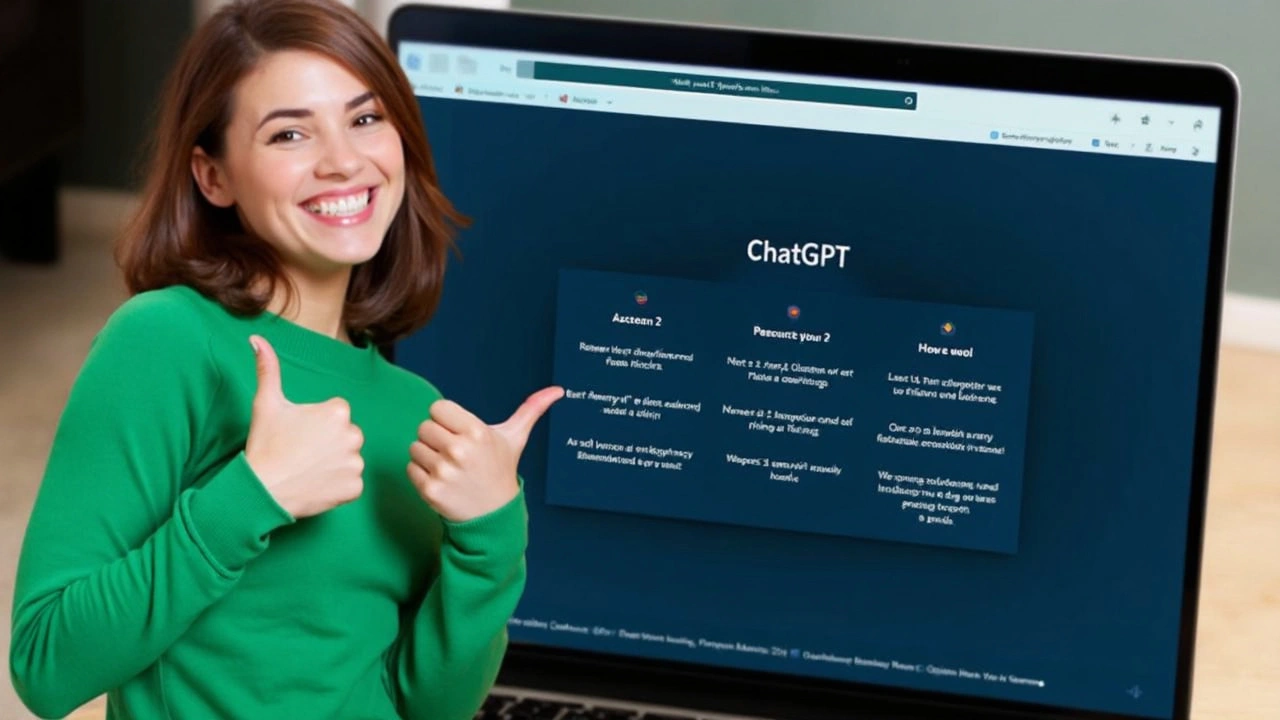AI Art Styles: What’s Hot and How to Use Them
Artificial intelligence is turning art into a playground where anyone can experiment without a formal art degree. You type a prompt, the model does the heavy lifting, and you get an image that can look like a museum piece or a wild dream. The best part? The styles are evolving fast, so staying updated means you can keep your feeds fresh and your friends impressed.
Popular AI Art Styles to Try
Right now, a few AI styles dominate the conversation. Photorealism aims for razor‑sharp detail that mimics a high‑resolution camera. It’s great for product mock‑ups or realistic portraits. Abstract expressionism lets the algorithm splash colors and shapes, perfect for backgrounds that need a mood‑setter but not a literal scene. Neo‑surrealism blends real objects with impossible settings – think a city floating on clouds. Anime‑style generation has also exploded, giving creators a quick way to produce characters with big eyes and vibrant hair. Finally, mixed‑media fusion layers textures like watercolor, charcoal, or collage on top of a digital base, adding depth that feels hand‑crafted.
Each style has its own set of prompt tricks. For photorealism, add words like "high definition", "8k", or "sharp focus". For abstract, you can mention "color splash", "dynamic brush strokes", or "fluid shapes". When you want a surreal vibe, include contradictions such as "floating islands" or "gravity‑defying architecture". The more specific you are, the more the AI can match your vision.
How to Create Your Own AI Artwork
Getting started doesn’t require pricey software. Platforms like Midjourney, Stable Diffusion, or DALL‑E let you type prompts for free or a low subscription. First, decide which style you want. Then write a short prompt that includes the core subject, the desired style, and any mood words. For example: "A lone oak tree at dusk, photorealistic, soft lighting, high detail". Hit generate, review the results, and tweak a word or two if it’s off‑target.
After you have a base image, you can refine it further. Use free editors like GIMP or Photopea to adjust contrast, add text, or merge multiple AI outputs. If you like the mixed‑media vibe, overlay a scanned watercolor texture and set the blending mode to "multiply". This hybrid approach gives a finished look that feels less computer‑generated and more personal.
Don’t forget to experiment with variations. Most AI tools let you branch out from a single prompt, producing several versions with subtle differences. Pick the one that resonates most, or combine elements from a few to craft something totally new. The key is to treat each output as a draft rather than the final piece.
Whether you’re a marketer looking for eye‑catching visuals, a hobbyist wanting to spice up social media, or an artist exploring new tools, AI art styles open a fast lane to creativity. Keep an eye on emerging styles, play with prompt language, and enjoy the instant gratification of seeing ideas become images in seconds.

OpenAI's GPT-4o in ChatGPT brings an array of AI-generated art styles, moving beyond popular Studio Ghibli aesthetics to offer Pixar, manga, and minimalist designs. Users can create and alter images with advanced features like transparent layers. While it facilitates creative expression, it also raises questions about intellectual property. Available to all ChatGPT users, it promises future API access.
